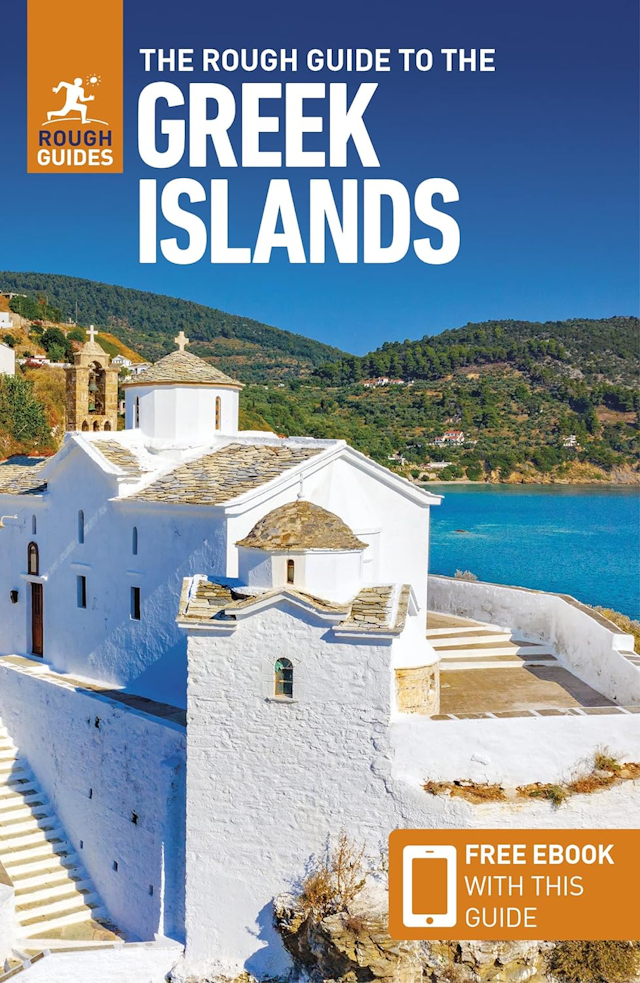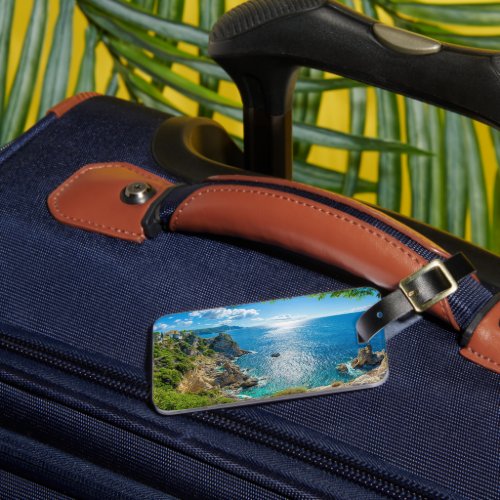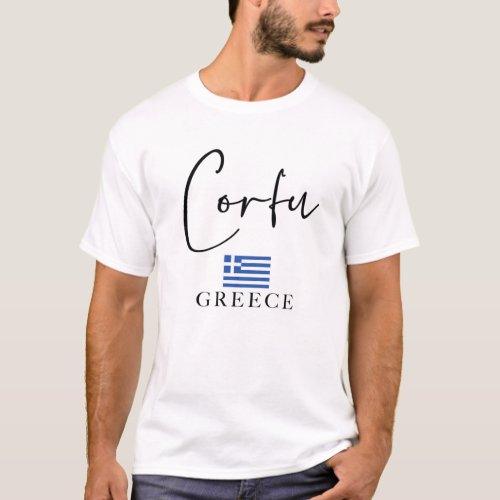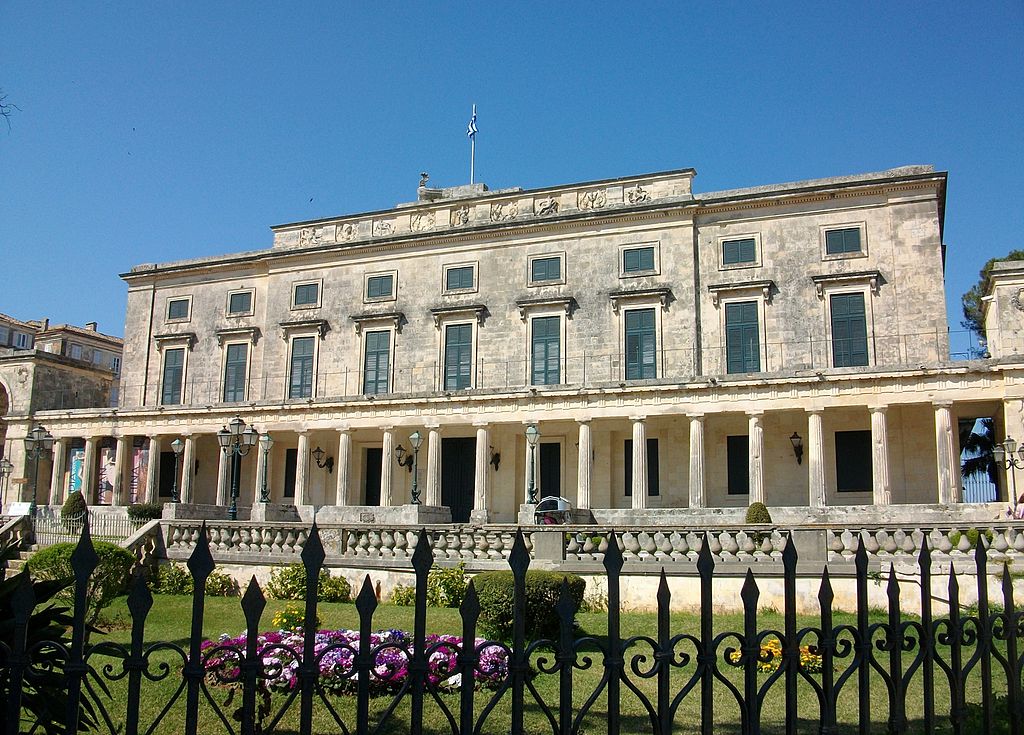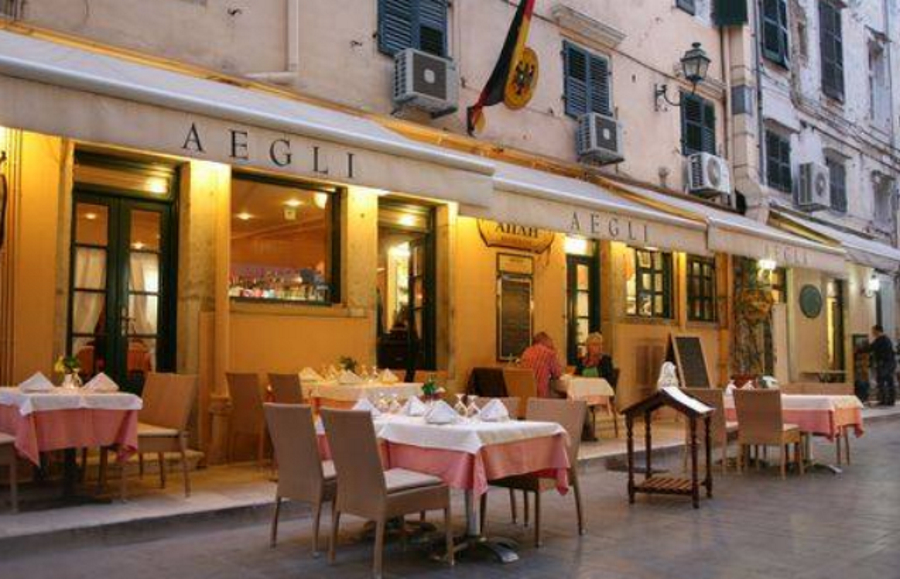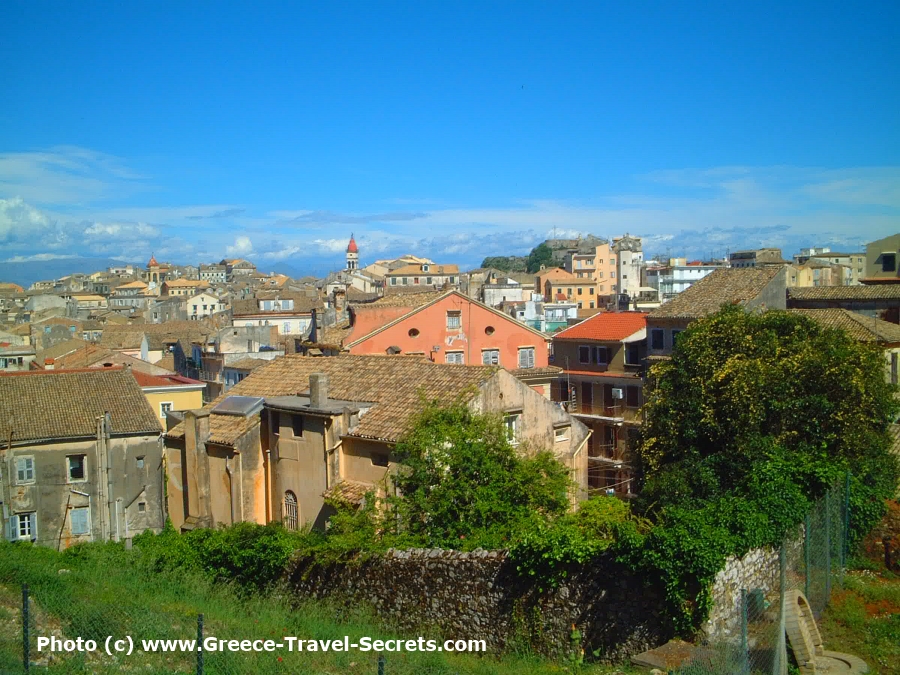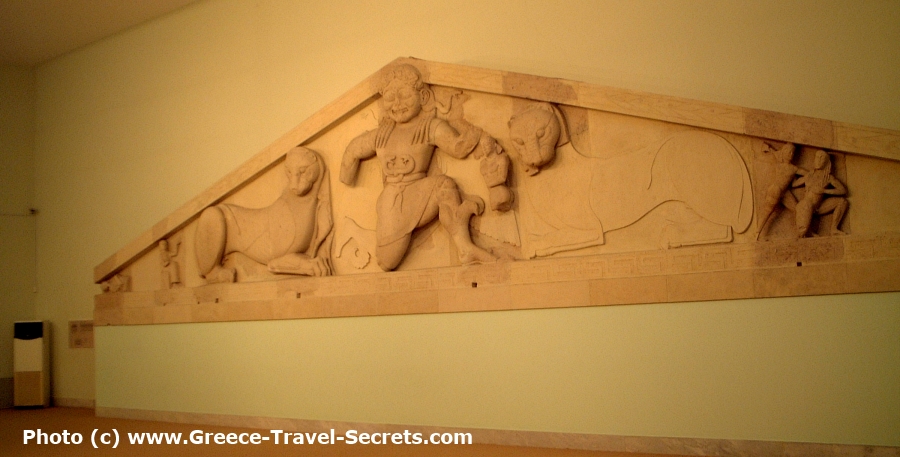- HOME
- Ionian Islands
- Corfu
- Corfu Town
- Corfu Town’s Byzantine Museum
Corfu Town’s Byzantine Museum
Corfu Town’s Byzantine Museum is a little gem, one of the town’s top museums with an excellent collection of Byzantine art in a 15th-century church.
Where is Corfu Town’s Byzantine Museum?
Set along the corniche road between the Old Fortress and the Old Port, the Byzantine Museum houses one of Corfu’s greatest artistic legacies. The 15th-century former church is the perfect home for some 90 icons dating from the 15th to the 19th centuries. They represent one of Greece’s most important contributions to medieval art.
The official name of the museum is actually the Museum Antivouniotissa, after the church in which it is housed, but everyone refers to it as the Byzantine Museum so we’ve stuck with that.
 Map (c) Google Maps
Map (c) Google MapsChurch of the Panagía Antivouniótissa
The Church of the Panagía Antivouniótissa, built at the end of the 15c, is one of the oldest and richest religious monuments on Corfu. Standing atop a steep flight of steps, the single-aisle, timber-roofed basilica with its plain exterior is characteristic of Corfiot churches of the time. The museum preserves the church’s impressive interior features, while using the narthexes which surround it on three sides to display its priceless collection of icons.
Cretan School of Art
From the fall of Constantinople in 1453 until 1669, Venetian-occupied Crete was the most important artistic centre in Greece. An eclectic style of icon painting flourished, known as the Cretan School of Art, attracting commissions from monasteries and noblemen abroad. Corfu became a major stepping stone for Cretan painters en route to Venice, such as Thomas Bathos who lived here in 1585-87.
Emmanuel Tzanés, whose works can be seen in the museum, is credited with introducing the Cretan style to Corfu in the 17the century. After Crete fell to the Ottomans in 1669, many more artists found refuge on the island and their influence spread. Thus a vital force in Byzantine traditional art was kept alive on Corfu.
Some Cool Corfu Souvenirs
Byzantine Treasures
A museum visit begins upstairs in the former sacristy, where church silver, richly embroidered vestments, jewelled crosses, gold communion vessels and other Byzantine treasures are displayed. The Lamentation, a 19th-century altar cloth, is an incredible work of raised embroidery depicting the laying of Christ’s body in the tomb.
Downstairs, icons are displayed in chronological order around the vestibules, beginning with early pieces of fresco. Most belong to the church, while others come from the old Byzantine collection of the Museum of Asiatic Art. They feature popular Byzantine subjects including the Virgin and Child, Christ Pantokrator, and St George slaying the Dragon.
Tip: Allow at least half an hour to explore Corfu Town’s Byzantine Museum.
More Icons
More icons are displayed in the church, which has been beautifully restored. Above the high wooden pews the painted walls have been stencilling to look like flocked wallpaper. The coffered ceiling is ornamented with gilded woodcarvings. A balcony at the back affords a closer look and a fine view over the nave.
In the rear vestibule on the outside wall of the church, look for the large icon depicting Saints Sergius, Bacchus and Justine by Michael Damaskenos (16th century), one of the greatest masters of the art. Notice that, compared to other icons, there is more detail and shadow in the faces, knees and legs, which gives his work a more realistic human form.
More Information on Corfu Town’s Byzantine Museum
Visit the museum’s official website.
Latest Posts
-
The Lesser-Known Traditions of Greek Easter
Step off the beaten path this spring and discover the enchanting — and often surprising — Easter traditions found across Greece. -
Easter in the Mystical Castle of Monemvasia
In the castle town of Monemvasia, with its dramatic medieval backdrop and sea views, Easter is a deeply spiritual and atmospheric experience. -
Sifnos: Greece’s Hidden Culinary Star on the Rise
Sifnos, a Cycladic island, is gaining fame for its rich culinary heritage, especially the beloved melopita honey-cheese tart. -
Easter in Leonidio: A Tapestry of Light, Culture and Cliffs
In Leonidio, Easter comes alive with handmade hot air balloons in the sky and lanterns made from bitter oranges in the streets. -
April 9 Strike in Greece to Impact Public Transport, Ferries and Air Travel
Transportation and travel across Greece will face disruptions on Wednesday, April 9, as public transport, ferry and aviation workers join a nationwide strike called by Greek labor unions. -
Ancient Theater of Lefkada Brought Fully to Light Following Systematic Excavation
The Greek Culture Ministry has announced that the first ancient theater ever identified in the Ionian Islands has recently been brought fully to light on Lefkada, revealing an impressive monument that… -
Seven Greek Traditions Recognized as Intangible Cultural Heritage
From traditional barrel-making to age-old folk dances, seven new entries on Greece’s National Inventory preserve the country’s living heritage for future generations. -
Greek Air Traffic Controllers to Hold 24-hour Strike, Disrupting Flights on April 9
The Hellenic Air Traffic Controllers Union have announced a 24-hour strike for Wednesday, April 9, in response to the protest called by the Civil Servants’ Confederation (ADEDY). The strike is being h… -
Ten Best Budget Hotels on Santorini
Greece Travel Secrets picks the ten best budget hotels on Santorini, some with caldera views, some near beaches and some close to the heart of Fira. -
No Ferries in Greece on April 9 as Seamen Join Nationwide Strike
The Pan-Hellenic Seamen’s Federation (PNO) has announced its participation in the 24-hour strike called by the General Confederation of Greek Labor (GSEE) on Wednesday, April 9. The strike, which will…

